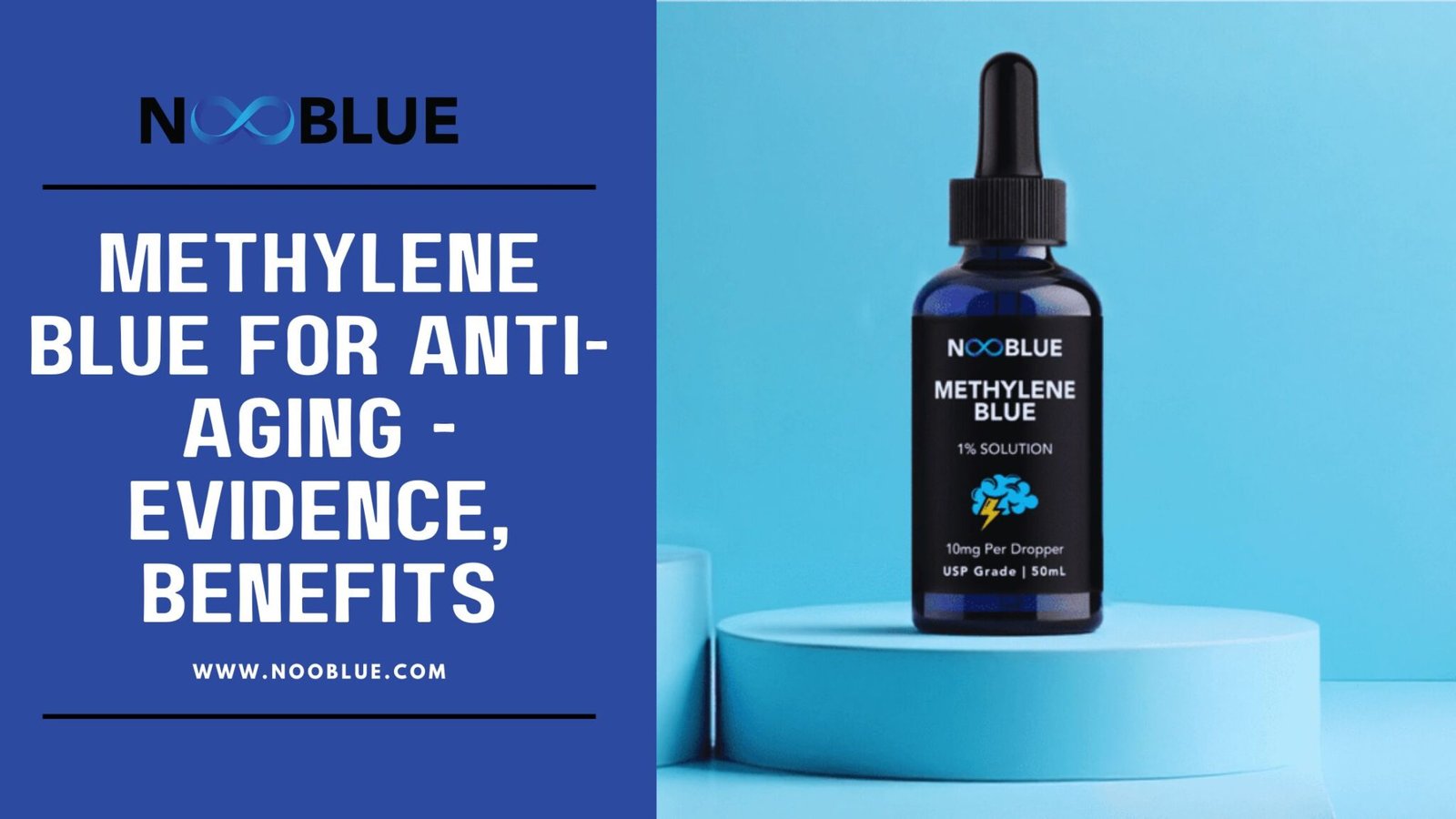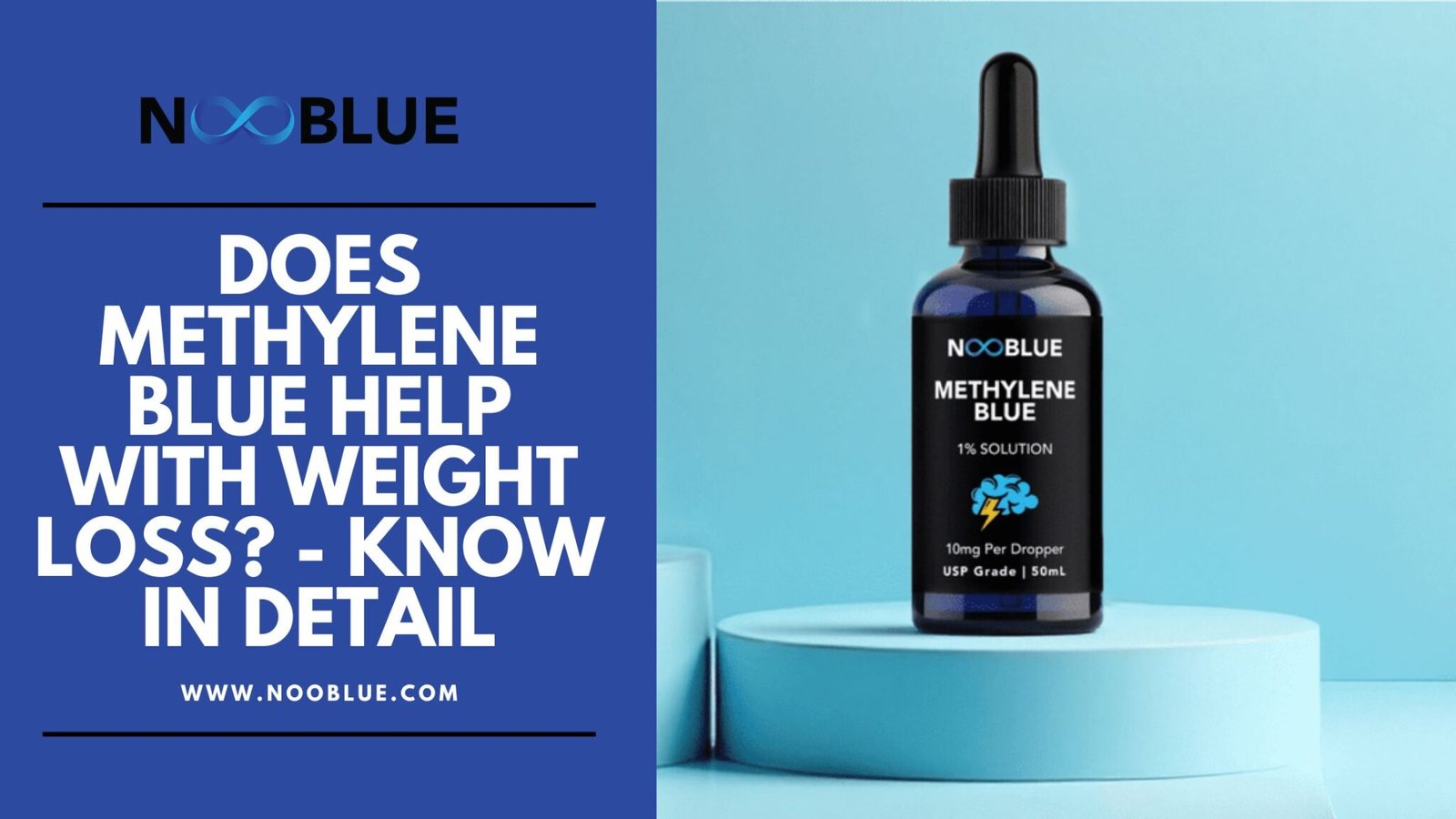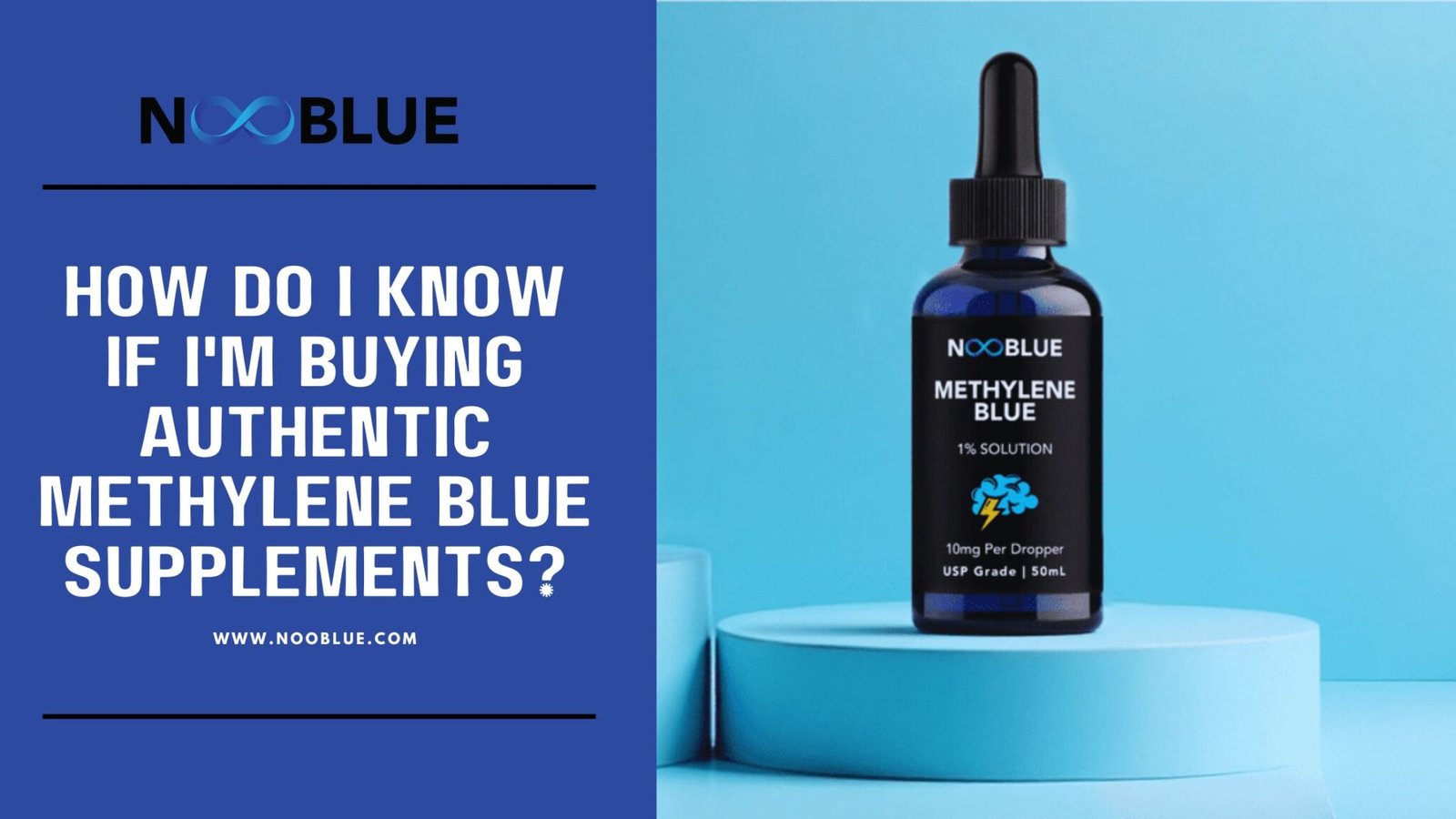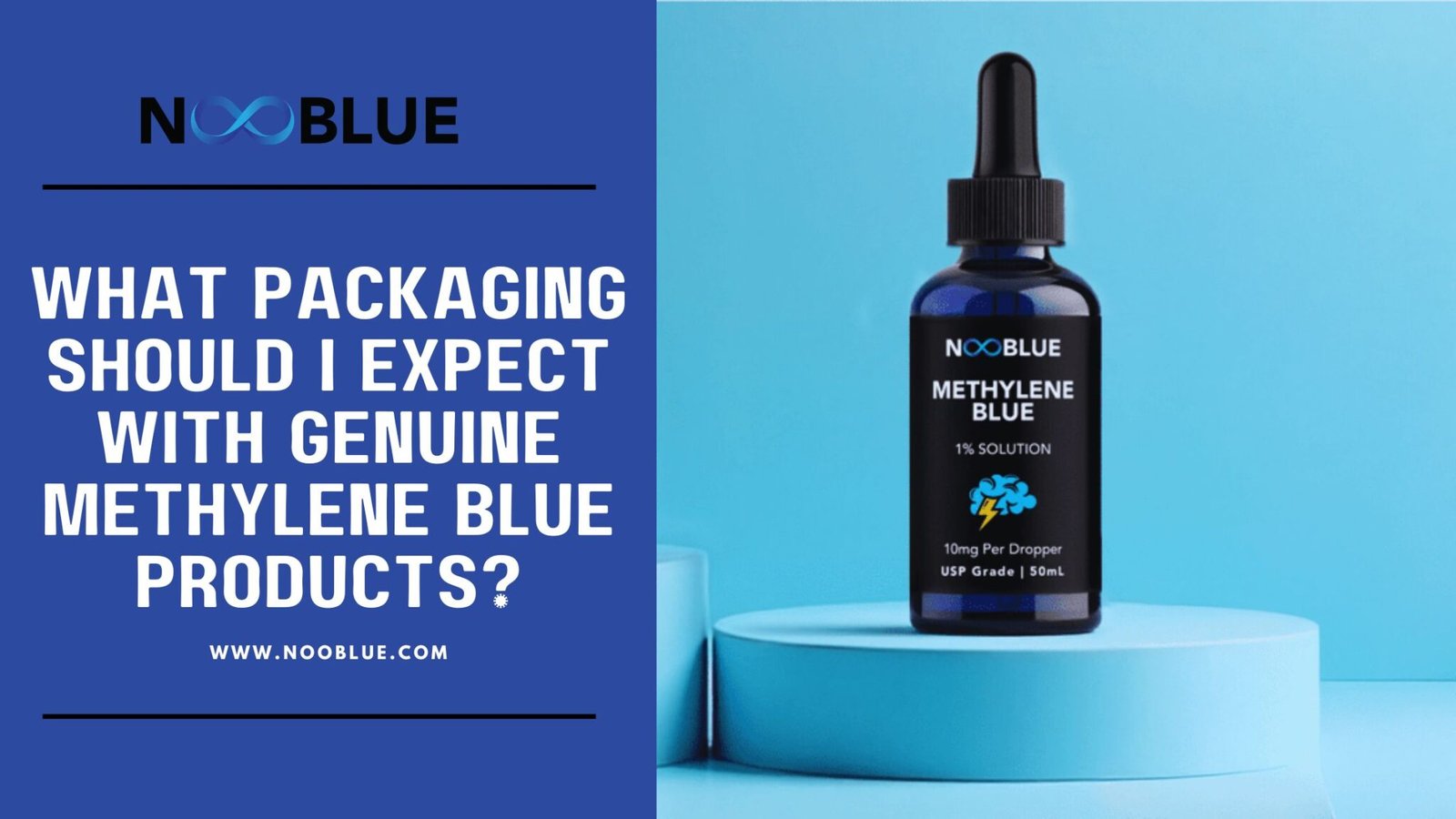Methylene Blue for Anti-Aging – Evidence, Benefits, and Myths

If you’re interested in slowing down the effects of aging, you’ve probably come across methylene blue. This striking blue compound was first made in 1876 and has been used as everything from a malaria treatment to a laboratory dye.
In recent years, researchers have started looking at methylene blue for its potential in supporting brain health, boosting energy, and even rejuvenating skin. But is it really an anti-aging breakthrough or just hype?
Let’s explore what the science says, what benefits you might expect, and what myths you should ignore.
Quick Overview of Methylene Blue for Anti-Aging
| Area of Research | Benefits You Might Experience | Key Study |
| Mitochondrial Support | More energy, reduced fatigue, healthier cells | Atamna & Kumar, 2010 (Journal of Alzheimer’s Disease) |
| Cognitive Health | Sharper memory, better focus, brain protection | Rojas et al., 2012 (Progress in Neurobiology) |
| Skin Rejuvenation | Fewer wrinkles, firmer skin, improved elasticity | Xiong et al., 2017 (Scientific Reports) |
| Neurodegeneration Research | Possible protection against Alzheimer’s & age-related brain decline | Wen et al., 2011 (Journal of Biological Chemistry) |
How Methylene Blue May Help with Aging
1. It Supports Your Mitochondria
As you get older, your mitochondria produce less energy and create more damaging free radicals. A 2010 study by Atamna and Kumar in the Journal of Alzheimer’s Disease showed that methylene blue can act as an alternative electron carrier in the mitochondrial electron transport chain.
In simple terms, it helps your cells make energy more efficiently and reduces oxidative stress, a key factor in aging.
2. It May Protect Your Brain
Memory loss and cognitive decline are among the biggest worries of aging. Research by Rojas, Bruchey, and Gonzalez-Lima (2012), published in Progress in Neurobiology, found that methylene blue improved memory in animal models by boosting brain metabolism and protecting neurons.
If you’re thinking about long-term brain health, methylene blue is being studied as a possible way to slow down neurodegeneration.
3. It Could Rejuvenate Your Skin
If you’re more concerned about wrinkles and skin health, there’s promising news. In 2017, Zheng-Mei Xiong and colleagues at the University of Maryland reported in Scientific Reports that methylene blue extended the lifespan of human skin fibroblasts in the lab.
It improved elasticity and reduced oxidative damage. Imagine a cream that could help your skin stay younger for longer. Researchers are already testing methylene blue in skincare formulations.
What Benefits Could You Expect?
Here’s what early studies suggest methylene blue might do for you:
- Boost your cellular energy so you feel more vibrant.
- Protect your cells from oxidative stress.
- Help preserve memory and cognitive sharpness.
- Offer neuroprotection against age-related brain decline.
- Improve your skin elasticity and reduce visible wrinkles.
These potential benefits are exciting, but remember, most of the evidence is still from lab research or small human trials.
Myths You Shouldn’t Believe
Myth 1: Methylene Blue is a proven anti-aging cure.
It’s not. No regulatory agency has approved methylene blue as an anti-aging treatment.
Myth 2: You’ll see instant results.
True anti-aging changes take time. Don’t expect methylene blue to work like flipping a switch.
Myth 3: Any dose is safe.
Not true. The positive results in studies come from very low doses. High doses can be dangerous and cause nausea, dizziness, or even serotonin syndrome if you’re taking antidepressants.
Safety: What You Need to Know Before Trying It
If you’re considering methylene blue, here’s what matters most:
- Stay within safe doses: Benefits only appear at low, carefully controlled doses.
- Watch for drug interactions: If you’re on SSRIs, SNRIs, or MAOIs, methylene blue can interact dangerously.
- Always consult your doctor: Don’t self-experiment. A healthcare professional can guide you on whether it’s safe for you.
The Future of Methylene Blue in Anti-Aging
Scientists are especially excited about mitochondria-focused longevity therapies, and methylene blue is part of that movement. Early evidence from journals like the Journal of Biological Chemistry (Wen et al., 2011) and Scientific Reports (Xiong et al., 2017) shows strong potential, but large clinical trials are still needed.
In the future, you may see methylene blue in brain health supplements or anti-aging skin creams, but right now it’s still considered experimental.
Key Takeaways
Methylene blue could be one of the most promising anti-aging tools in the near future. If you care about energy, memory, and youthful skin, the science suggests it may help. But you should also know that it’s not a miracle cure, and research is still ongoing.
For now, think of methylene blue as an interesting scientific breakthrough to watch closely. If you decide to try it, do so only under medical supervision—your long-term health and safety come first.
References
- Atamna, H., & Kumar, R. (2010). Protective role of methylene blue in Alzheimer’s disease via mitochondria and cytochrome c oxidase. Journal of Alzheimer’s Disease, 20(2), 607–620. DOI: 10.3233/JAD-2010-1390
- Rojas, J. C., Bruchey, A. K., & Gonzalez-Lima, F. (2012). Neurometabolic mechanisms for memory enhancement and neuroprotection of methylene blue. Progress in Neurobiology, 96(1), 32–45
- Xiong, Z. M., Choi, J. Y., Wang, K., Zhang, H., Tariq, Z., Wu, D., Ko, E., LaDana, C., Sesaki, H., & Cao, K. (2017). Methylene blue alleviates nuclear and mitochondrial abnormalities in progeria.
- Wen, Y., Li, W., Poteet, E. C., Xie, L., Tan, C., Yan, L. J., Ju, X., Liu, R., Qian, H., Marvin, M. A., Goldberg, M. S., She, H., Mao, Z., & Yang, S. H. (2011). Alternative mitochondrial electron transfer as a novel strategy for neuroprotection.



